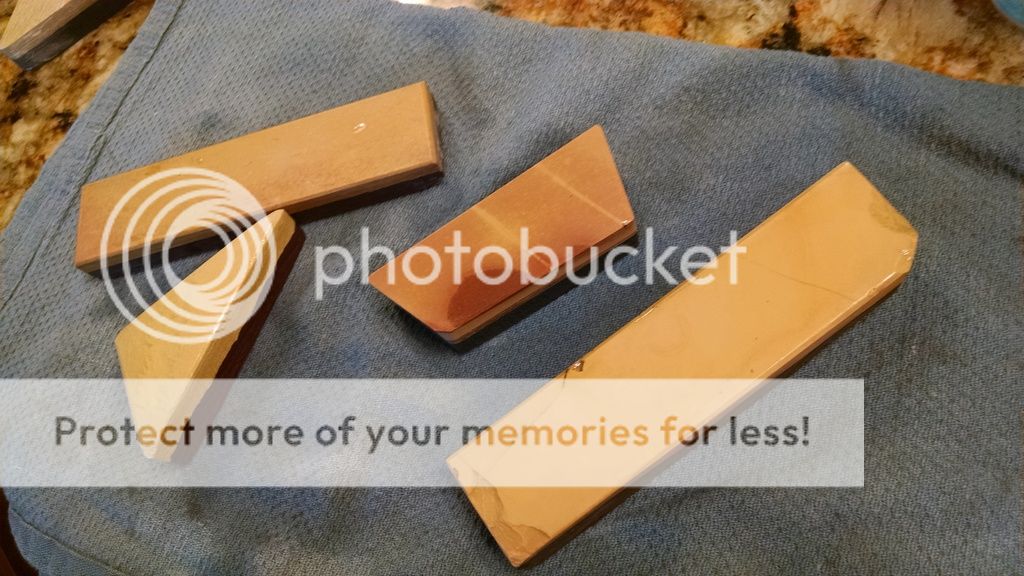So the short version of my coticule history is frustration. They remind me of golf--95 times out of 100 the results are less than satisfying, bot those rare good results keep me wanting more. I started wet shaving with one of the TSS gift sets--straight, strop, coticule, and a couple other accessories. The stone was a la grise and came with a slurry stone. Because of the frustration with getting good edges, but liking the idea and process with a coti, as well as the feel of a good coti edge, I kept coming back to the coti even as I explored and liked other hones. I even bought a couple other vintage cotis that were quite different from the la grise. I got a bit more consistency, but still maybe only 25% decent edges. So I gave up. I've been planning to sell them all, especially with the really good, really easy edges I've been getting lately with a naniwa 3/8k and an Apache strata or an unknown slate (which is almost identical to ekretz's Kuro). I'd been occasionally toying with the idea of trying other slurry stones but always had Jarod (from TSS) in the back of my mind scoffing at the idea, as he does. I also didn't want to buy blind slurry stones and end up with something the same thing I already had. Last week he posted a set of his "ringtones" - hand-selected slurry stones with pics. There were a couple that were clearly distinct from the slurry stone I had so, before I could think better of it, I pulled the trigger. They showed up yesterday and I've now honed 3 different razors. One on the pink tinged stone with the reddish veinette slurry stone and two on the other coti, one with each of the new slurry stones. 3 for 3 very sharp edges--hht 3-4 before stropping, 4-5 after stropping on today's, yesterday's was 3's pre strop, 4's post strop. That's the one I shaved with this am and only noticed that it was a little less sharp than my recent edges going ATG on my cheeks. I'll be testing the other two tomorrow and the next day.
i haven't gone back to my first slurry stone yet, but I will soon. The question for discussion is, however, has anyone else noticed a big difference in slurry stones, or maybe found a "bad" or difficult to use slurry stone?
Edit: forgot pics

the grise and the original slurry stone:

i haven't gone back to my first slurry stone yet, but I will soon. The question for discussion is, however, has anyone else noticed a big difference in slurry stones, or maybe found a "bad" or difficult to use slurry stone?
Edit: forgot pics

the grise and the original slurry stone:

Last edited by a moderator:




